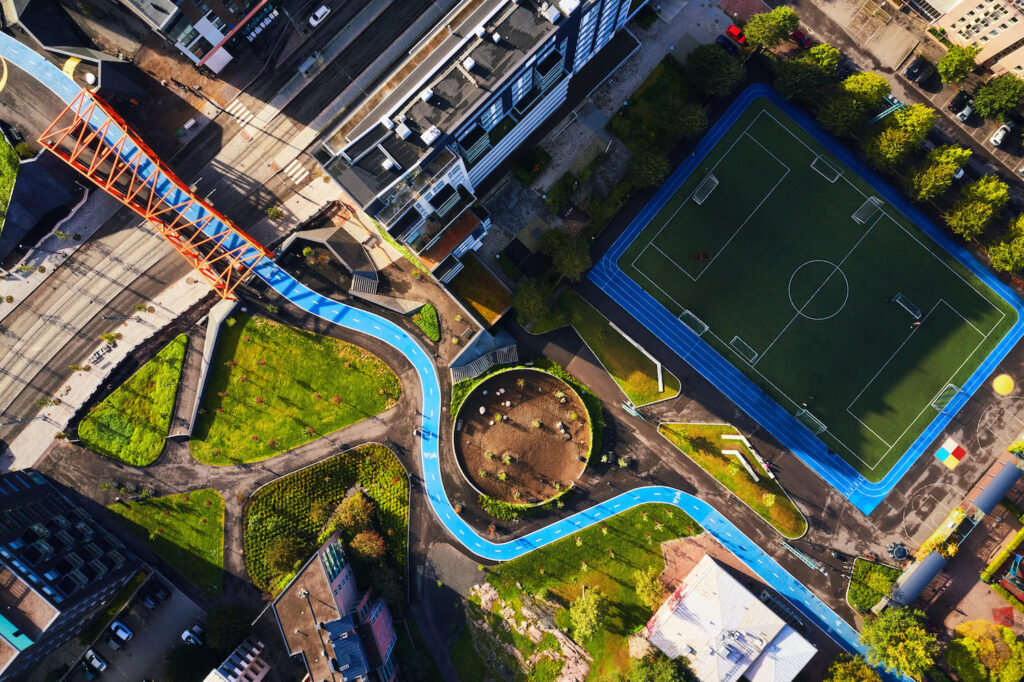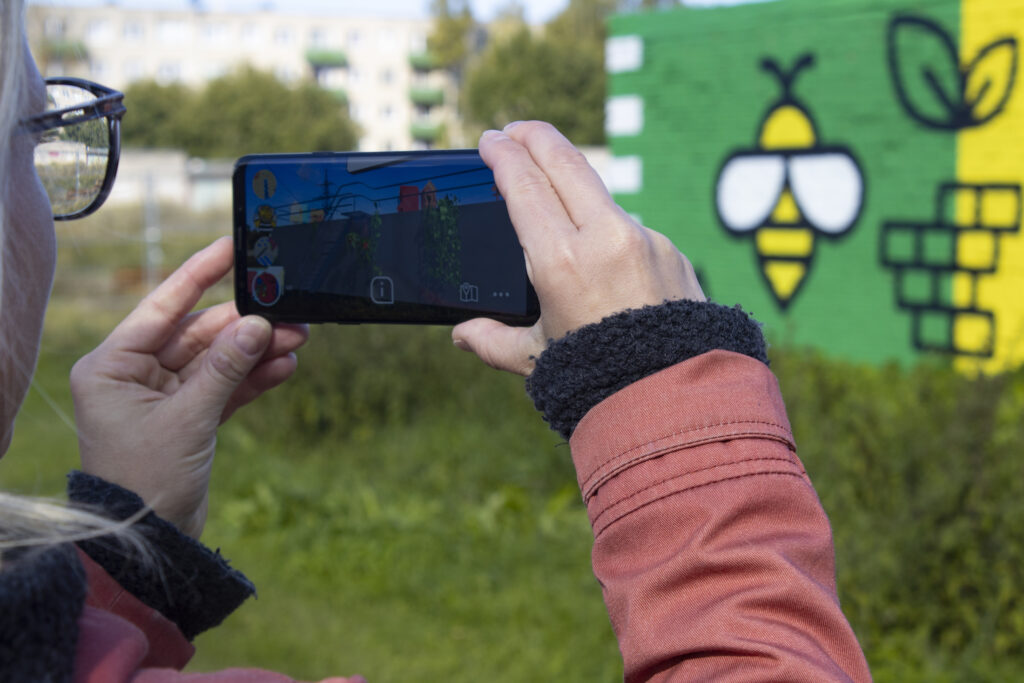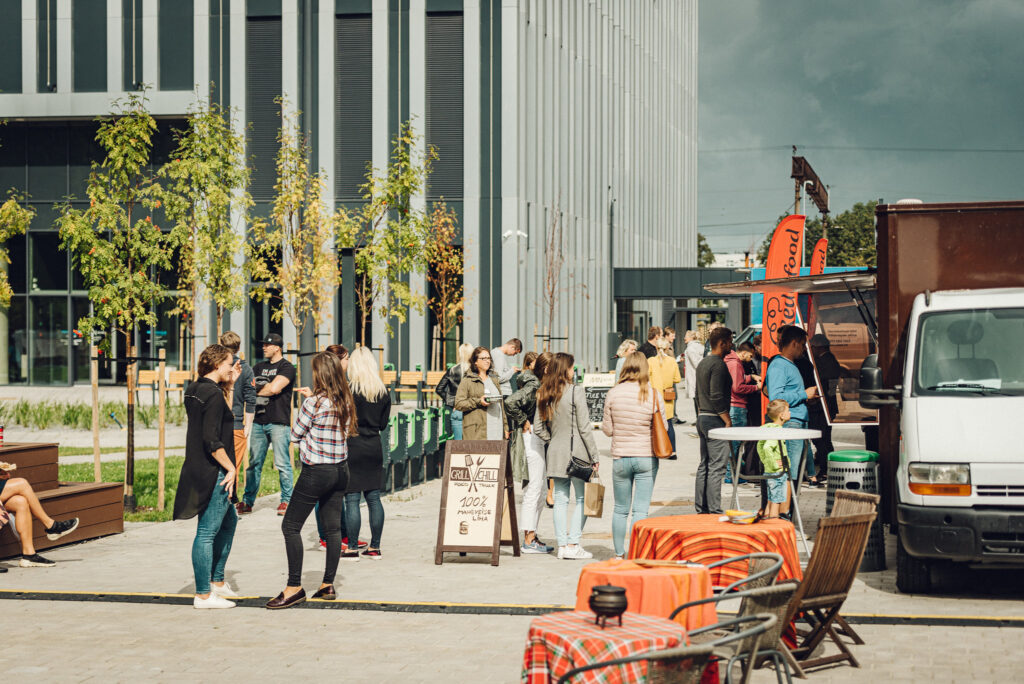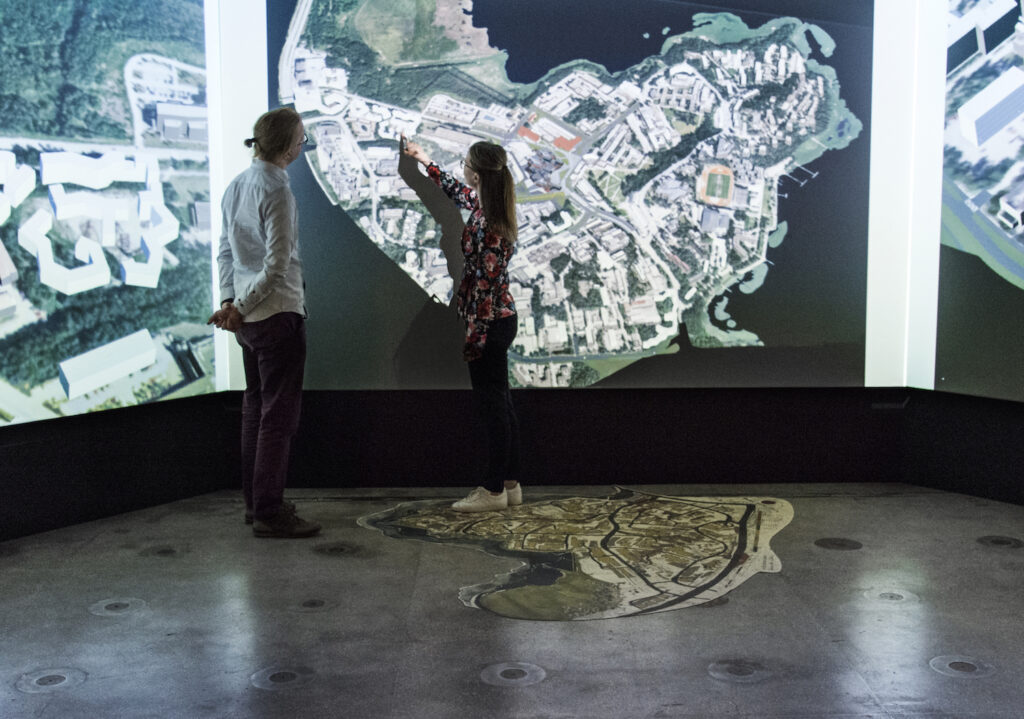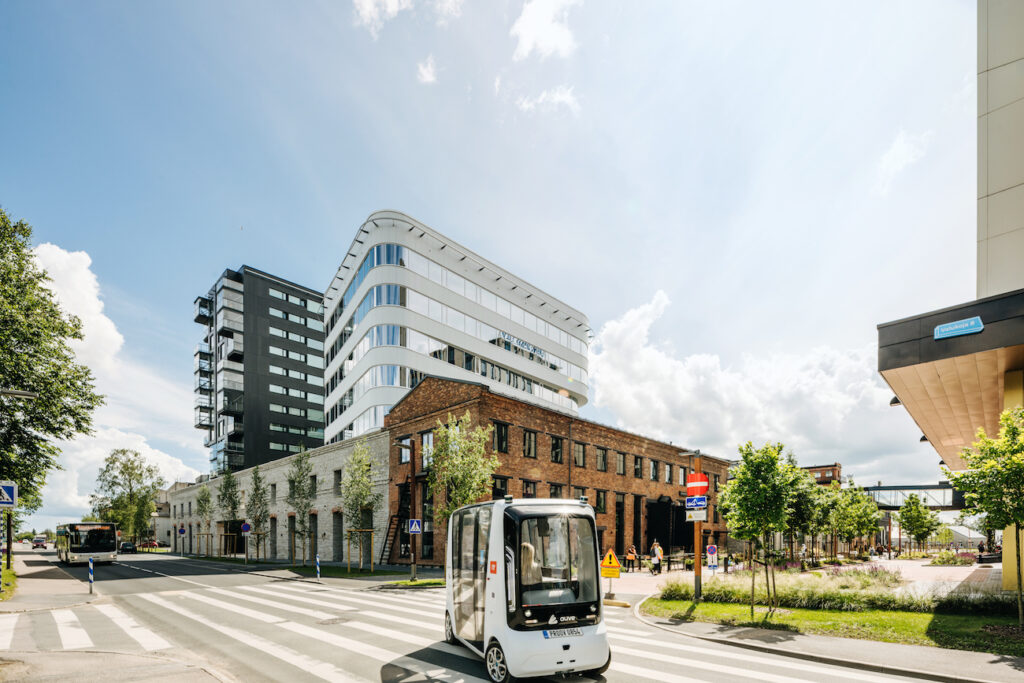Winter 2021: Smart Living Environment
Ülemiste City presents itself as a compass for the future and the first smart work and living environment in Estonia. The contemporary approach to smart living environments focuses on the needs of the people. We will explore to what extent Ülemiste district meets people’s environmental psychological needs.
Mida rohkem kahaneb ühistranspordi kasutajate arv, seda vähemaks jääb liine ja väljumisi ning seda raskem on konkureerida personaalsete liikuvusteenustega. Kuidas murda seda nõiaringi, mõeldes kliimakriisile?
In 2013, American political theorist Benjamin R. Barber convincingly argued that contemporary cities are better poised than nations to solve global problems. According to Barber, this is also true for the responses to climate change: ‘Where states can be said to have done the least, cities have done the most.’
Apps and other digital applications have gradually found their way into the spatial design toolkits of Estonian local governments. I asked various local governments what kind of digital co-creative and engagement tools they have launched for smart governance.
Ülemiste City has in the past 15 years evolved from industrial urban fringe to international smart city district. We inquired from the developers about the problems they are tackling in Ülemiste district and how they are assisted by science and technology in solving them.
Achieving balance in the planning of natural and artificial environments necessitates tools that provide both the expert and the resident a comprehensive overview of landscape quality in different regions. What are the tools to assist in the analysis of life-based data?
Does the legal space facilitate or hinder us in turning living environment in Estonia smart and in a smart way?
Jenni Partanen, the Future City Professor at TalTech, discusses the challenges in planning a smart city and introduces her research plans, using Ülemiste City in Tallinn as an example.
Estonian mobility entrepreneurs are on their way to the top. Kaja Pae asked Estonia’s flagship mobility entrepreneurs about their innovative practices and how they portray the future of mobility.
Life-centric approach in architecture and spatial planning may pave the way for more symbiotic relations between nature and the city.
Postitused otsas
ARCHITECTURE AWARDS




